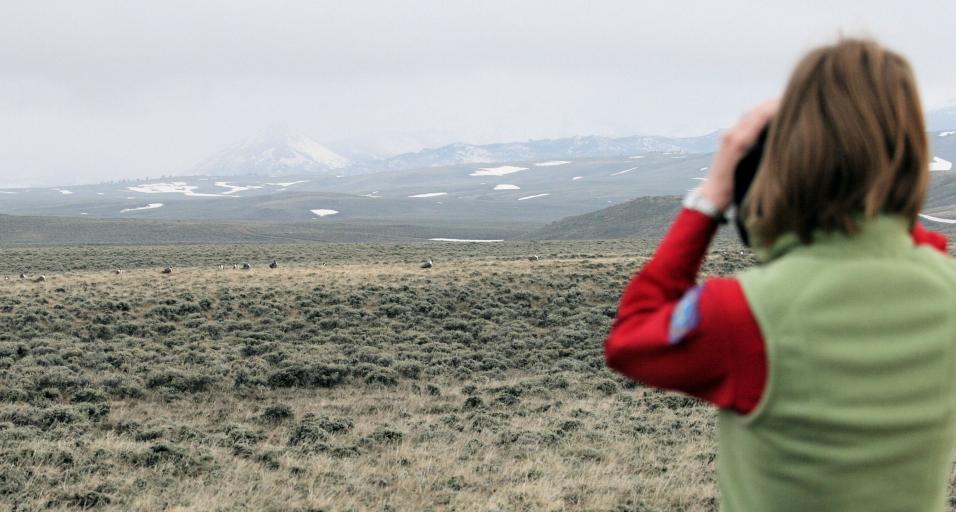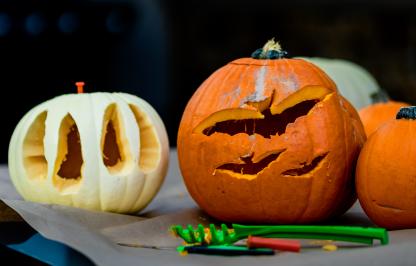For over 18 years, private citizens, industry and government groups have worked together in Wyoming to conserve sage grouse and their habitat. Recently, the long-lived collaborative process was detailed in a new paper: Wyoming sage-grouse working groups: lessons learned. The paper was published in Human-Wildlife Interactions Journal in a special issue on community-based conservation and is widely considered a model of success for other western states tackling sage grouse conservation.
Sage grouse conservation efforts in Wyoming are lead by eight local working groups started in 2004 and the Sage-Grouse Implementation Team, a governor’s appointed taskforce originating in 2007 that is directed to develop regulatory mechanisms to protect the bird through a multi-use lense. The goal is to keep sage grouse of the Endangered Species List.
“When we started this process, the concept of community-based collaborative conservation was new. There were few guidelines. We just did it,” said Tom Christiansen, sage grouse program coordinator for the Wyoming Game and Fish Department. “But, this paper documents that collaborative process for the first time. Our hope is to share our experience as a template for other groups to use who may be just be getting efforts started on various conservation efforts.”
The keys to the working group’s success are identified in seven layers: targets member selection, the use to trained, neutral facilitators, consensus decision-making process, early group dynamics training, working group and agency support of science, membership longevity and substantial funding for the process and projects.
The paper, co-authored by Christiansen and Lorien Belton of Utah State University, also details past research on the working groups, including a 2010 satisfaction study. Wyoming members reported high satisfaction with the process. The study notes that 73 percent of working group participants agreed that all the important interests were represented at the meetings, compared to the average of other state’s working groups’ response of only 55 percent.
The paper is available for the public to read online at: https://digitalcommons.usu.edu/hwi/vol11/iss3/6.
Wyoming sage grouse working groups model for collaborative success
Sara DiRienzo (307-777-4540)



